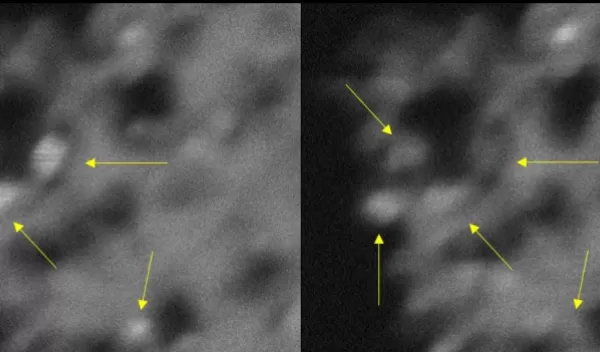
'Blinking' crystals may convert carbon dioxide into fuels
Imagine tiny crystals that "blink" like fireflies and can convert carbon dioxide, a key cause of climate change, into fuels.
A team funded by the U.S. National Science Foundation has created ultra-small titanium dioxide crystals that exhibit unusual "blinking" behavior and may help to produce methane and other fuels, according to a study published in the journal Angewandte Chemie. The crystals, also known as nanoparticles, stay charged for a long time and could benefit efforts to develop quantum computers.
"Our findings are important and intriguing in a number of ways, and more research is needed to understand how these exotic crystals work and to fulfill their potential," said senior author Tewodros Asefa, a chemist at Rutgers University.
More than 10 million metric tons of titanium dioxide are produced annually, making it one of the most widely used materials. It is found in sunscreens, paints, cosmetics and varnishes. It's also used in the paper and pulp, plastic, fiber, rubber, food, glass and ceramic industries.
The team of scientists and engineers discovered a new way to make extremely small titanium dioxide crystals. While it's still unclear why the engineered crystals blink, the blinking is believed to arise from single electrons trapped on titanium dioxide nanoparticles. At room temperature, electrons stay trapped on nanoparticles for tens of seconds before escaping and then becoming trapped again and again in a continuous cycle.
"It is wonderful to see new findings arising from an established ceramic material," said Lynnette Madsen, a program director in NSF's Division of Materials Research. "The next chapter may reveal why the blinking occurs. These scientists continually produce interesting results at the intersection of chemistry and materials."
The crystals, which blink when exposed to a beam of electrons, could be useful for environmental cleanup, sensors, electronic devices and solar cells.
